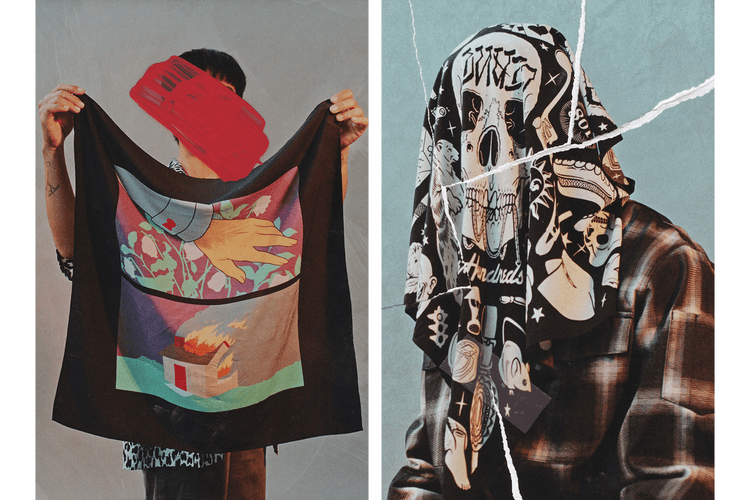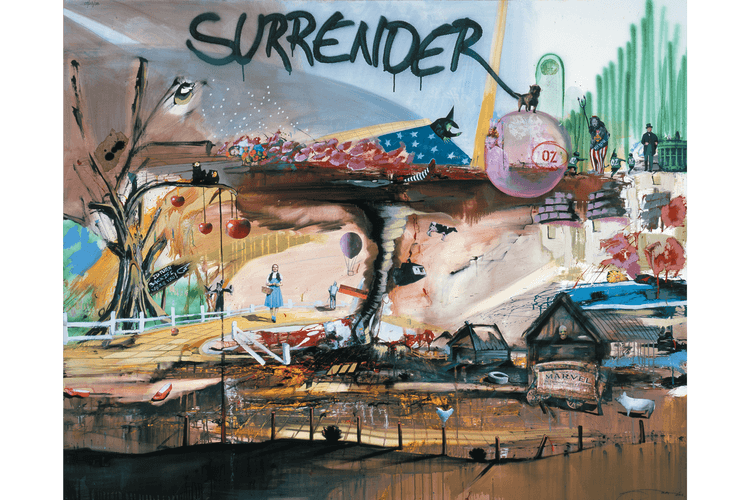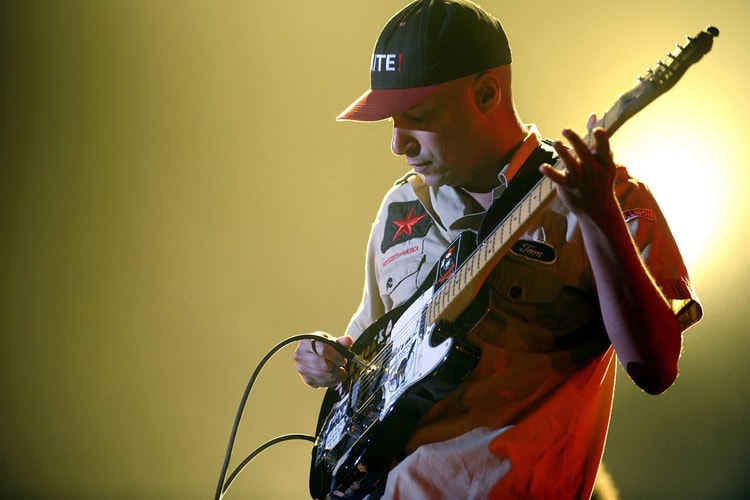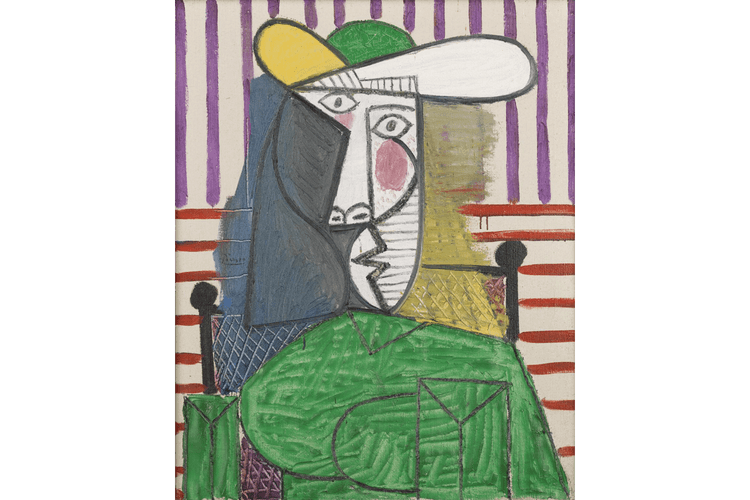'The Batman' May Be the Franchise’s Most Grounded Live-Action Film Thus Far
Reeves’ adaptation strips the Dark Knight of his allure in favor of showcasing his burden.
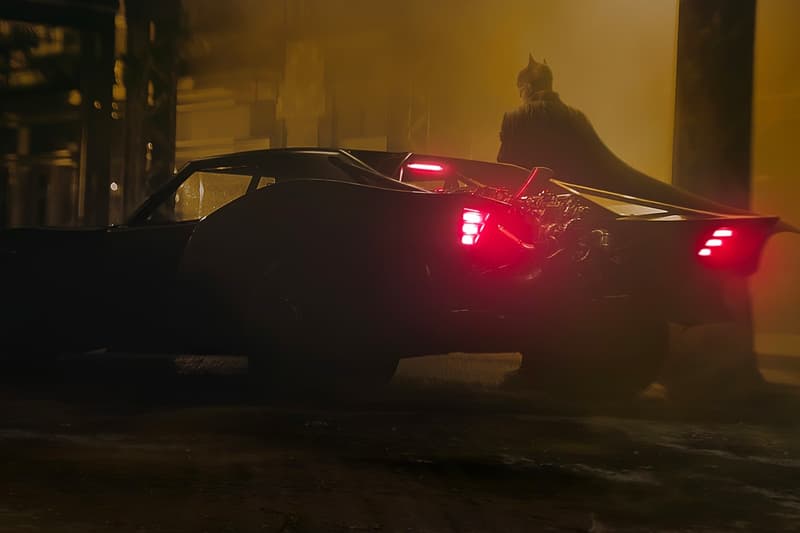
Batman has been adapted for the big screen nine times in the character’s 81 years of existence, with each iteration capturing a core facet of the complex vigilante. This past week, director Matt Reeves shared a trailer for The Batman, which will introduce Robert Pattison as the 10th actor to portray the titular antihero on film. And although the film will focus on The Caped Crusader early in his career just like Christopher Nolan’s 2005 Batman Begins did, the foundation and tone of both films couldn’t be more different.
Similar to last year’s highly successful Joker, The Batman appears to have an indie arthouse aesthetic — a stark departure from the Hollywood blockbuster approach of every other Batman film before it. Although the Nolan trilogy had a realistic approach to the hero that showed how he acquired his abilities and high-end gadgets, and the physical toll those have on him, realism doesn’t mean that Batman was grounded. Those films also featured large action set pieces, like the bank robbery of The Dark Knight or the plane hijacking from Dark Knight Rises.
Meanwhile, the largest pieces of action seen in the latest Batman trailer include a car bomb explosion and a conflict with the police in a staircase. These sequences have tight, intimate camerawork in enclosed locations, similar to Netflix’s Daredevil series. The real-world locations showcased throughout the Nolan trilogy are grand in comparison with the inside corridors of Gotham explored within the trailer.
This approach to filmmaking goes hand-in-hand with this adaptation’s gritty portrayal of The Bat. The allure and power fantasy of being Batman has been stripped away in favor of showcasing the character’s inner-conflict as the dark vigilante, as well as the burden that conflict presents. The Nolan trilogy began by showcasing Batman’s progression from an upstart to the hero of Gotham City in Batman Begins, and by the time we get to the second film, his legacy is already established enough to inspire copycats to take on injustice. Reeves’ film, however, won’t skip over the details of that progression and how long it would take for citizens to adjust to a man beating people up in a Bat costume. “He’s not yet the vision of the character that he becomes where he becomes a symbol of hope for the city,” Reeves said before he premiered the trailer at DC FanDome. “He’s earlier in the trajectory, and so they’re afraid of him, frankly… The public is afraid of him.”
Batman here is early in his career and tackling his crusade for justice with angst as his driving force, which makes him more sloppy than in his yet-to-come established days. He still has a chip on his shoulder after witnessing the murder of his parents, and this film will highlight the less-than-fantastical side of being a hero and how his driving motivation is also a torturous burden.
Following the trend of this new age of superhero films, The Batman will forgo telling Bruce Wayne’s origin in Crime Alley, similar to how the latest Spider-Man films sidestep Uncle Ben’s death. Instead, Reeves promises to tie the corruption Gotham is known for to the ultrarich Wayne family in a way that’s logical but unexplored in previous Batman films. Recent comic storylines by writer Scott Snyder have introduced the Court of Owls, a clandestine organization of elite families that have run Gotham City from the shadows for years. Although The Riddler (played by Paul Dano) has been confirmed as the central antagonist to Pattinson’s Batman, the first riddle in the trailer features an owl, which has caused many fans to speculate that The Court will make an appearance.
Other sources of inspiration for The Batman include the graphic novel Batman Ego by Darwyn Cooke, published in 2000. Cooke’s story forces Bruce Wayne to face the dual aspects of his persona as a symbol of fear and of hope. It also borrows influences from films like 1974’s Chinatown, in that the city of Gotham will serve as a character as well as a location. It will also utilize the gritty noir genre to set the tone of the gothic metropolis and put Batman’s title as the World’s Greatest Detective on display. Having a villain like the Riddler, who leaves clues to be solved and deadly traps to be defied, will complement the crime-solving aspect of Batman that’s rarely been explored in-depth. We wouldn’t even be surprised to see Batman have inner monologues similar to his comic book counterpart, as narration is often used in noir films.
The Golden Age of comics introduced an iteration of Batman that Adam West and Michael Keaton later made mainstream. But the campy days of the Bat are long gone. Nolan laid the foundation for a realistic Batman fit for modern-day audiences, complete with explosions and Hollywood spectacle. The same approach was carried over into Zack Snyder’s exploration of the character, now as a seasoned veteran of street-level crime conflicted with his own moral code in the face of a threat like Superman. As such, this iteration leaned more into Frank Miller’s graphic novel The Dark Knight Returns (1984), where the Bat has an arsenal of guns and explosives big enough for him to stand shoulder to shoulder with the likes of Superman and Wonder Woman.
The Batman seems like it will dial back all the heavy artillery and action hero set-pieces to explore an unglamorous aspect of the vigilante. One where his ability to problem solve will be more of an asset than his ability to brutally beat someone up with style. And one that doesn’t skip over the growing pains of becoming the Batman.







